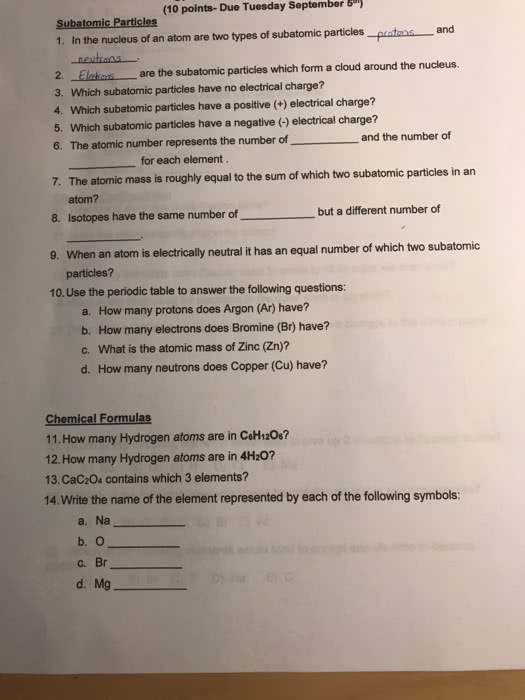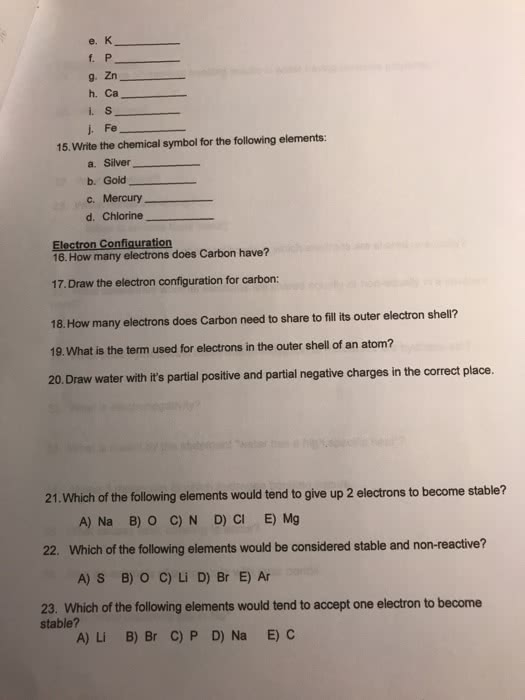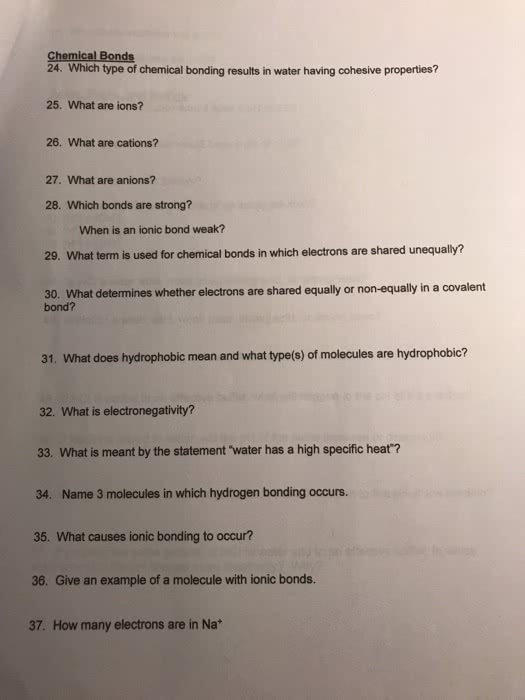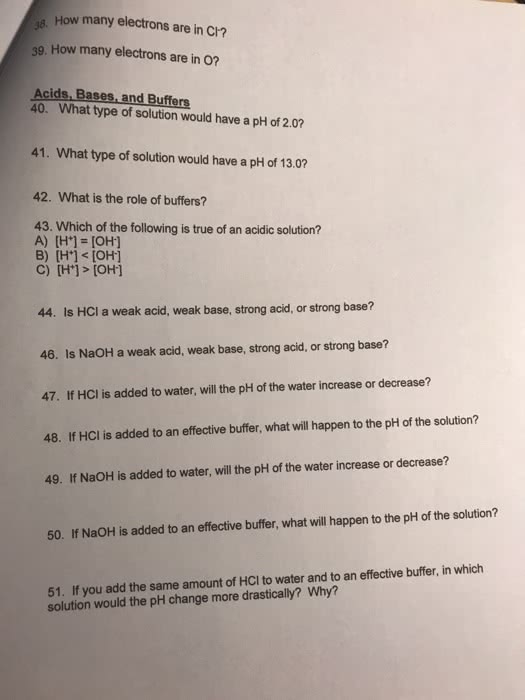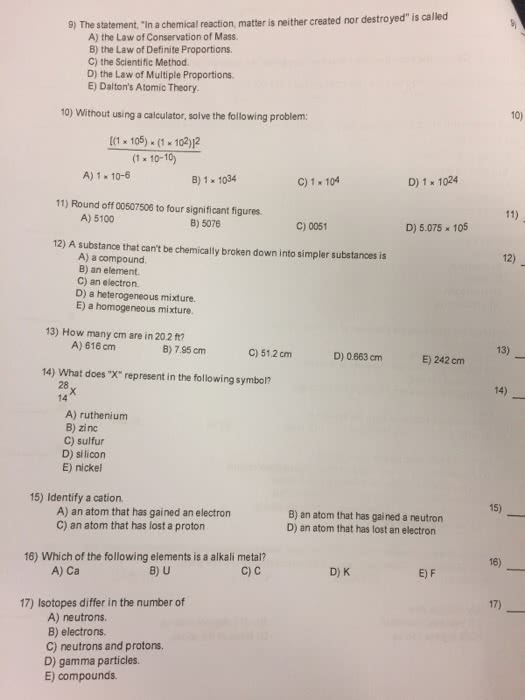UCSF 137 Lecture Notes - Lecture 1: Phospholipid, Capillary Action, Starch
Document Summary
Understanding what matter is and identify the components of matter: matter: the tangible stuff of earth. A. 2. things that have mass all matter is made of elements: elements: materials composed of a single type of atom. B. 1. the most basic subunit which can be further broken down: atoms: subatomic particles: protons, neutrons, and electrons. Isotopes do vary in the number of neutrons. Ions vary in number of electrons: electrons determine reactivity of an atom (especially outer/valence electrons, octet rule: atoms reactor form bonds with other atoms to satisfy their octet (fill 8 electron shells in their valence) Ions: atoms (or molecules) that have gained or lost an atom. Lost electrons positive charge: molecule: two or more atoms bonded together. G. 2. compound: molecules with more than one element. Two types of covalent bonds (g. 2. a. 1) non-polar: no change, electrons shared equally (g. 2. a. 2) polar: distributions of charge--unequal sharing of electrons. Ionic bonds: strong attractive forces between ions of opposite change.


